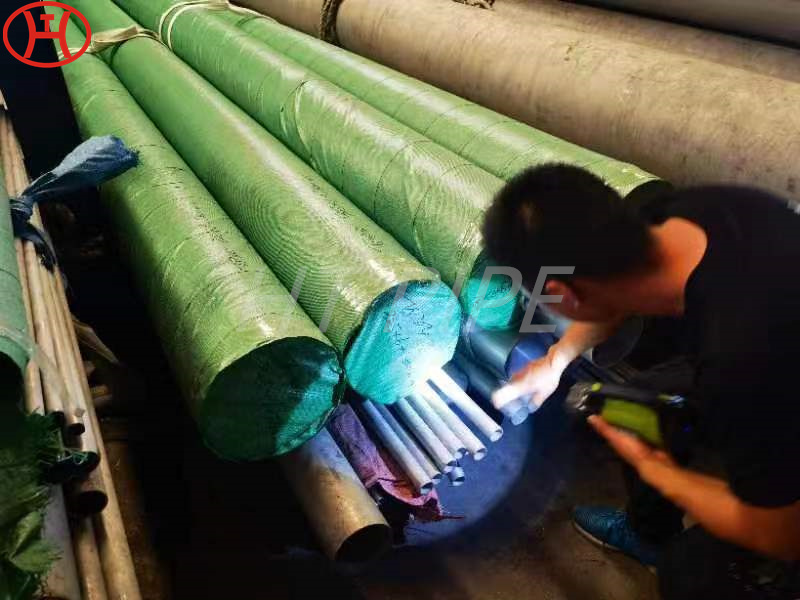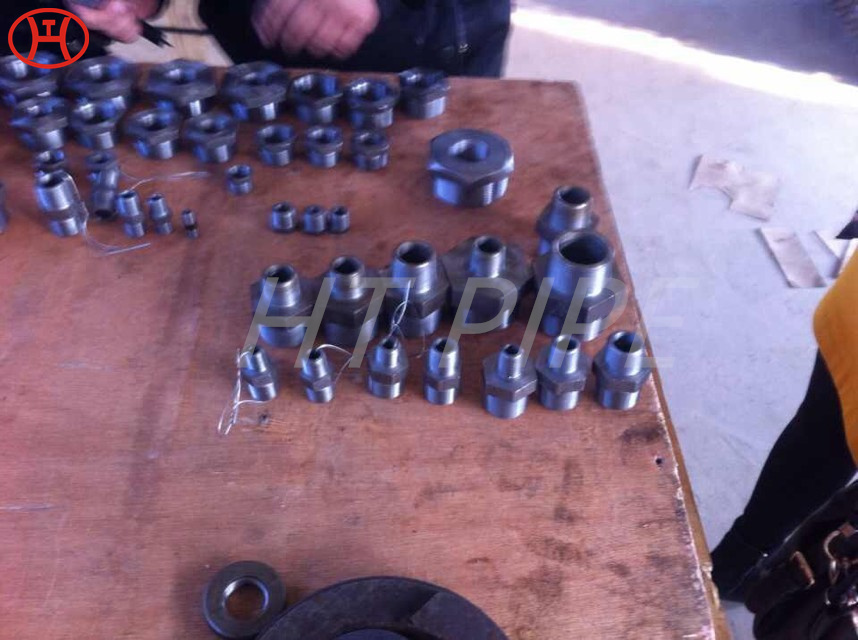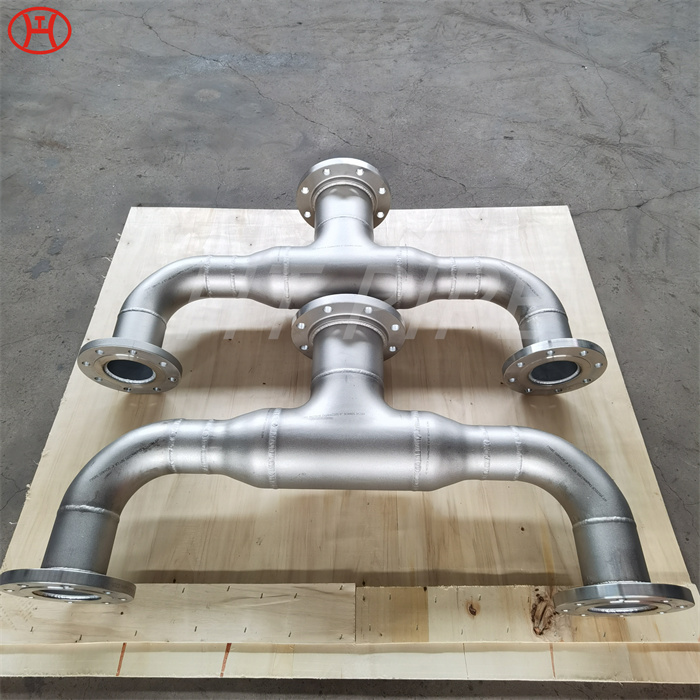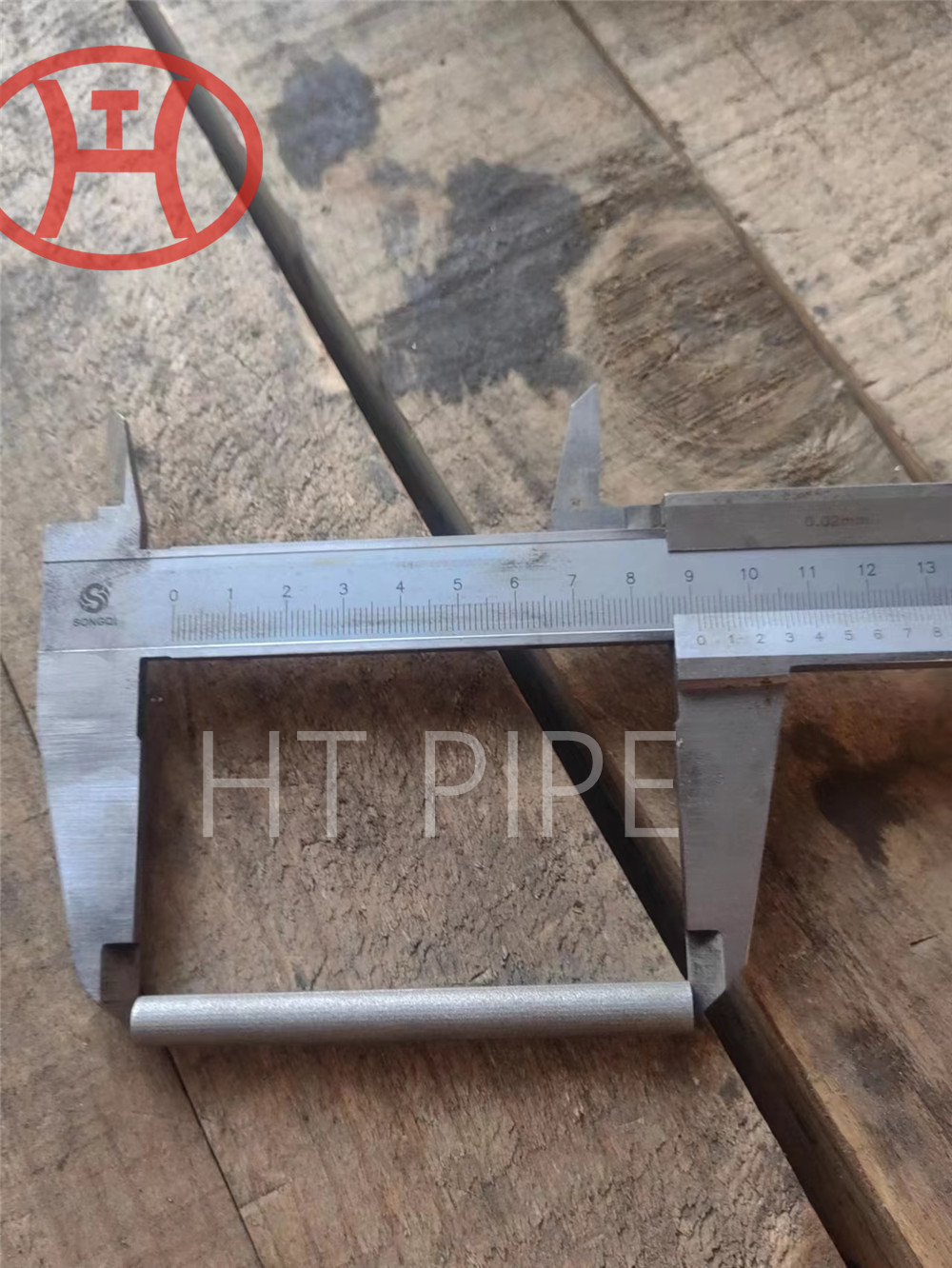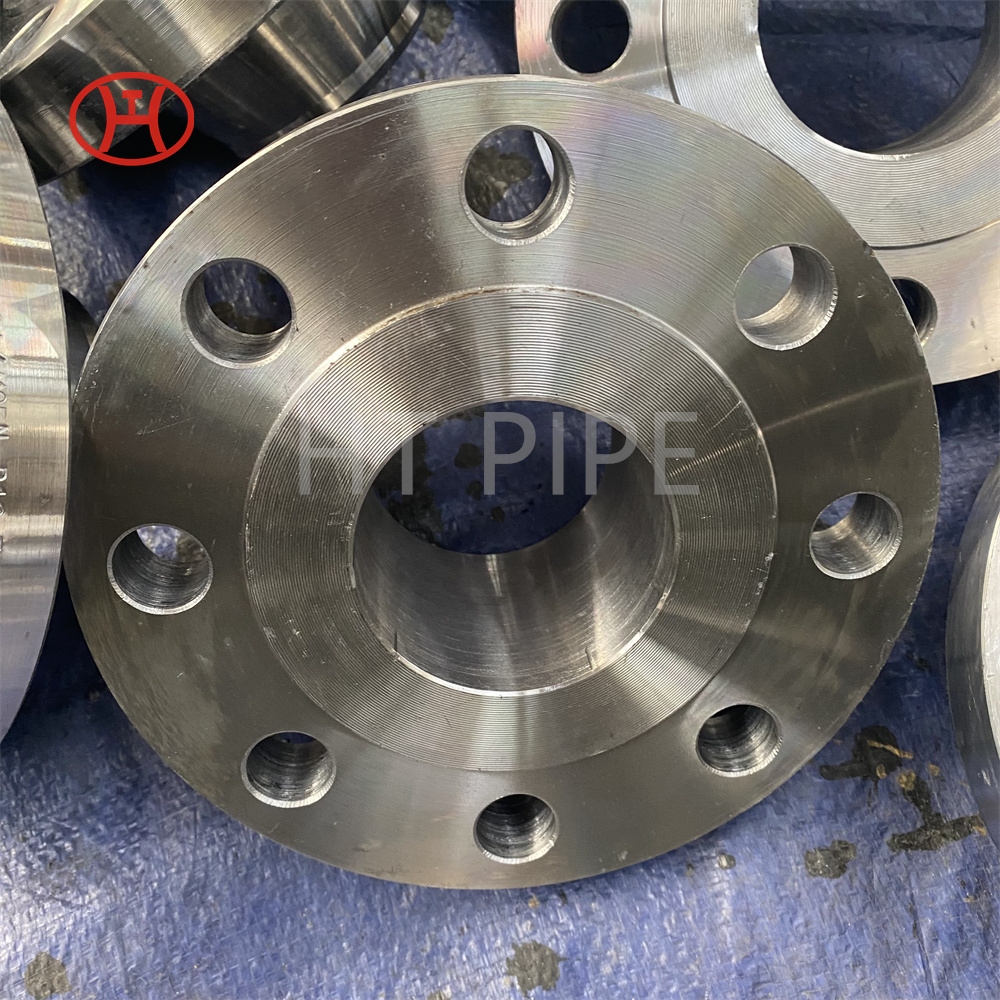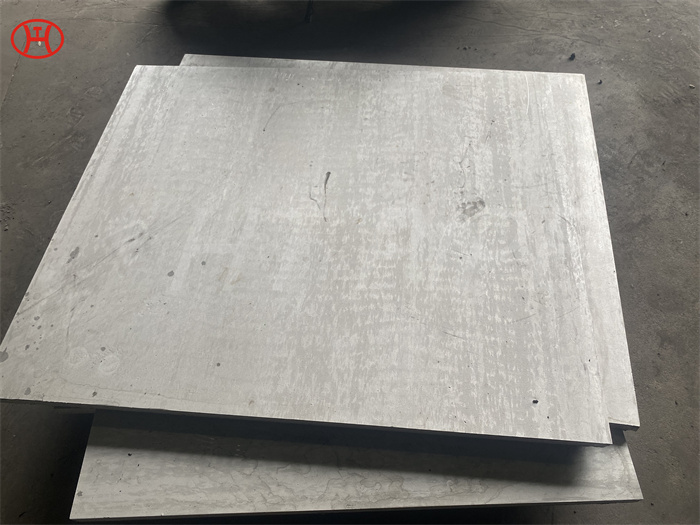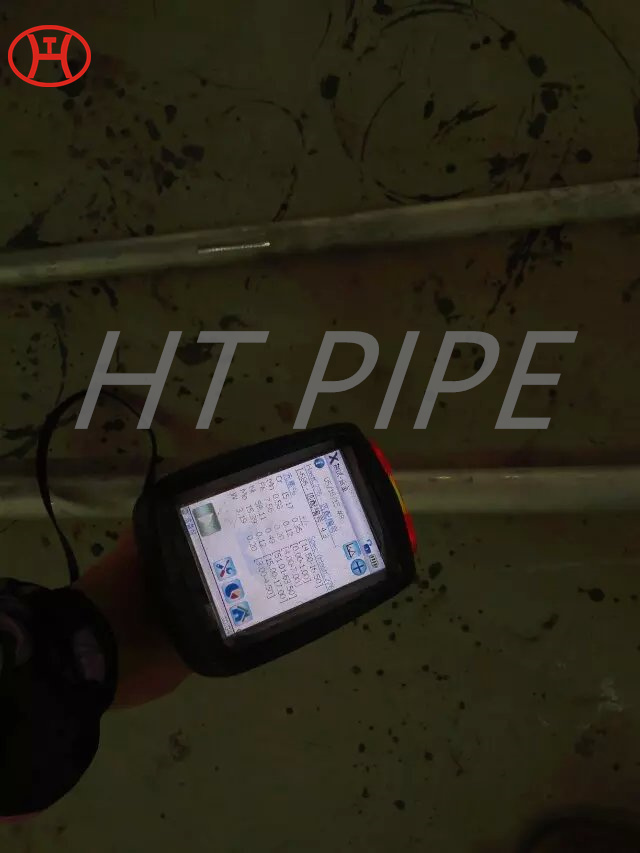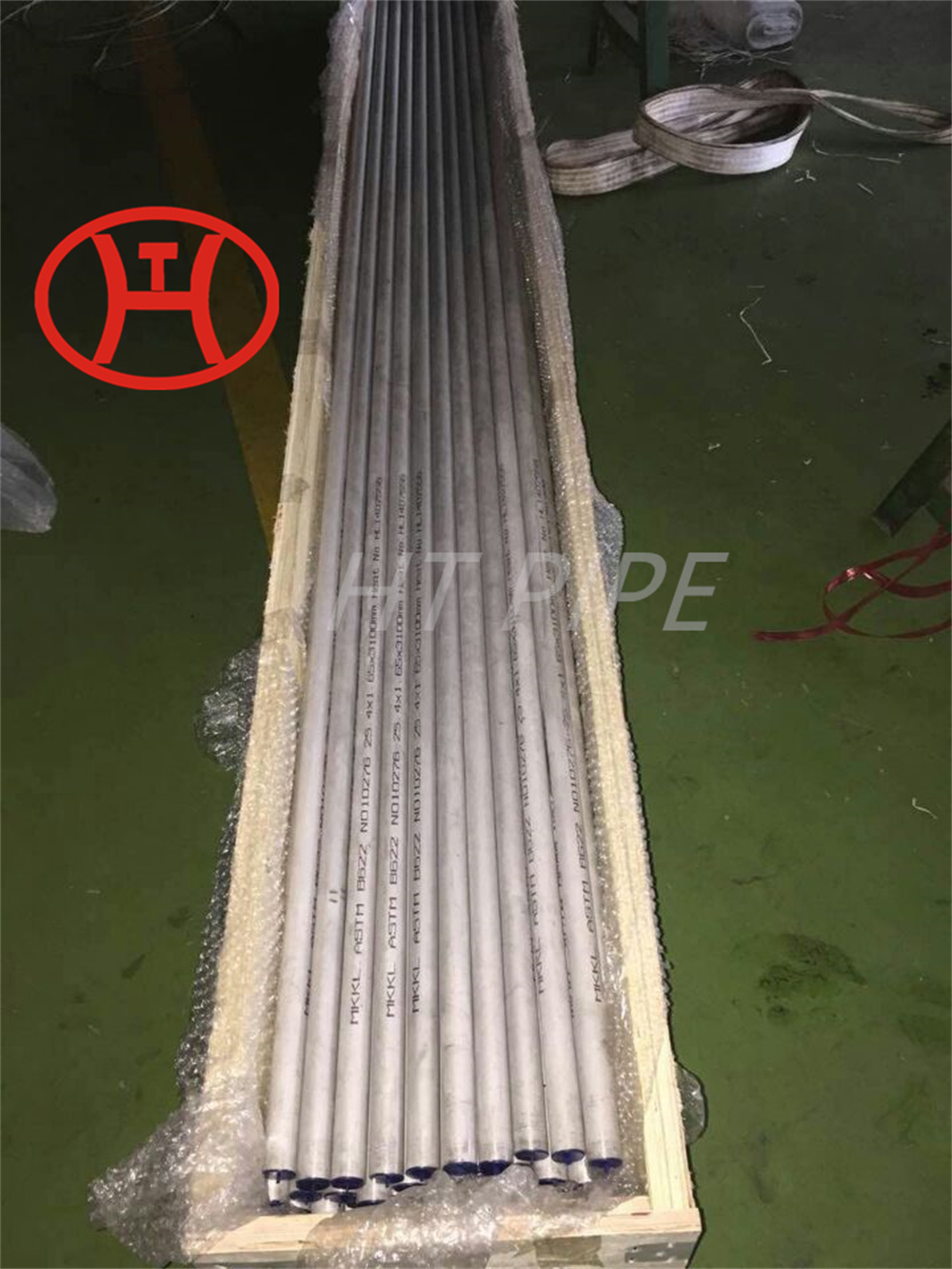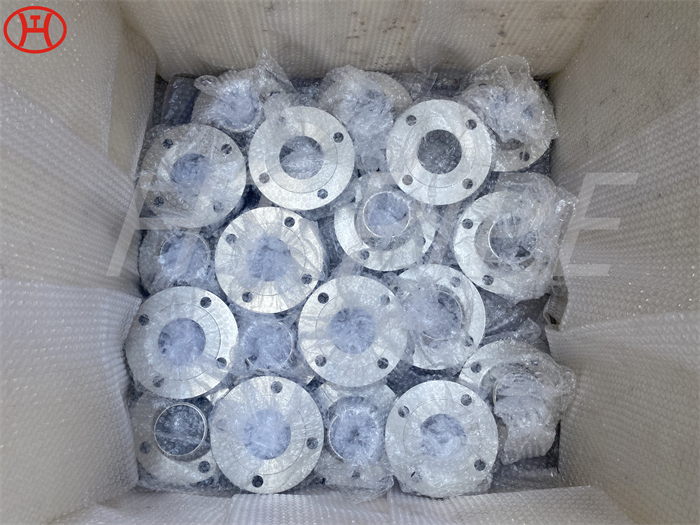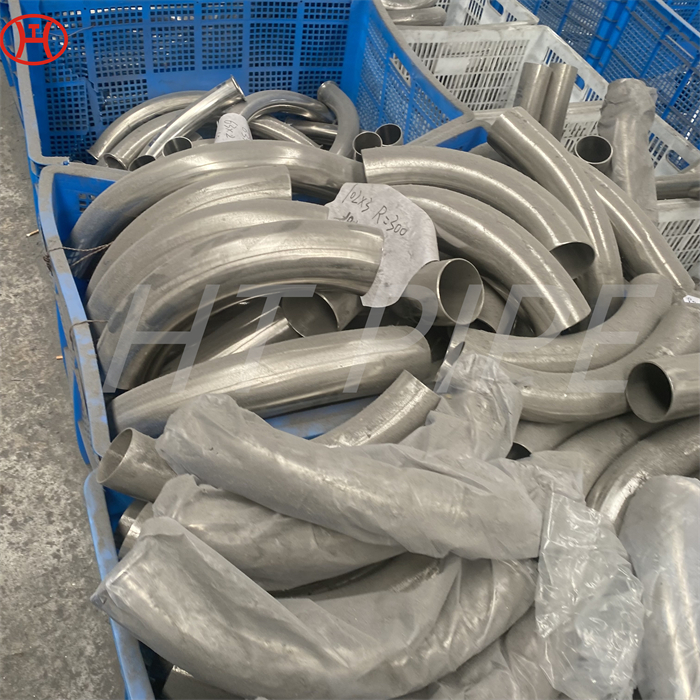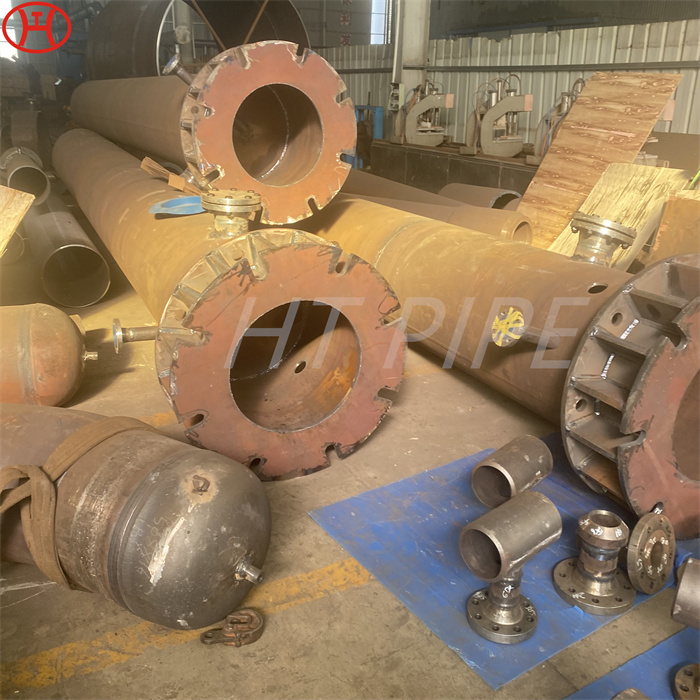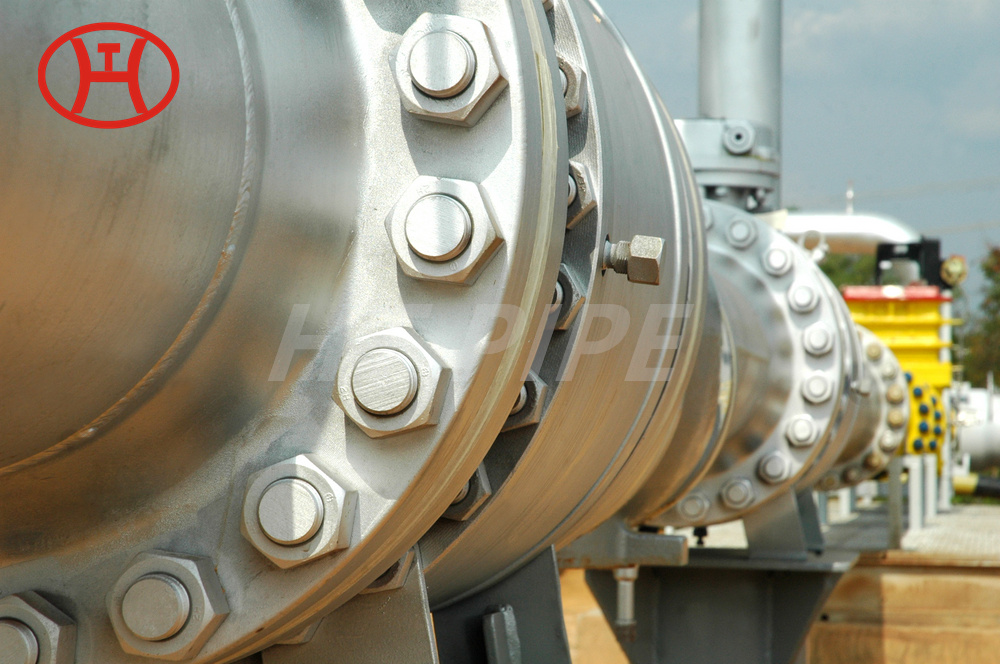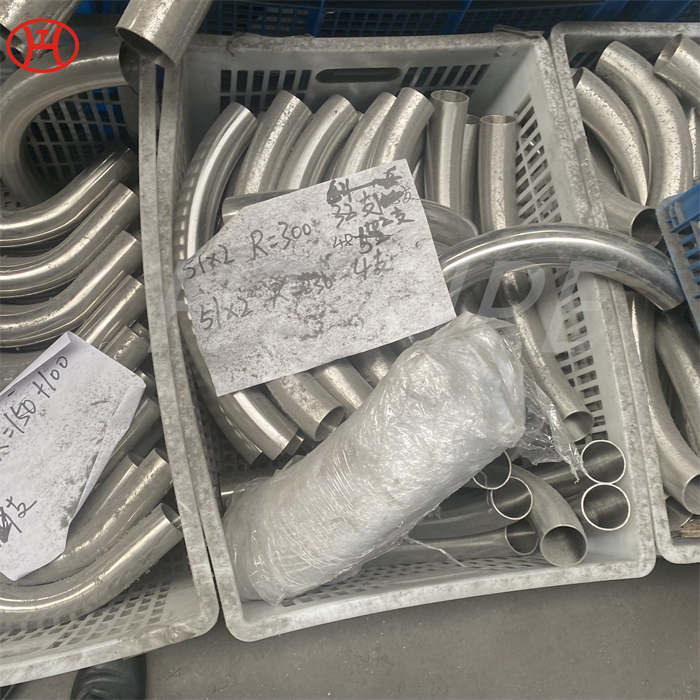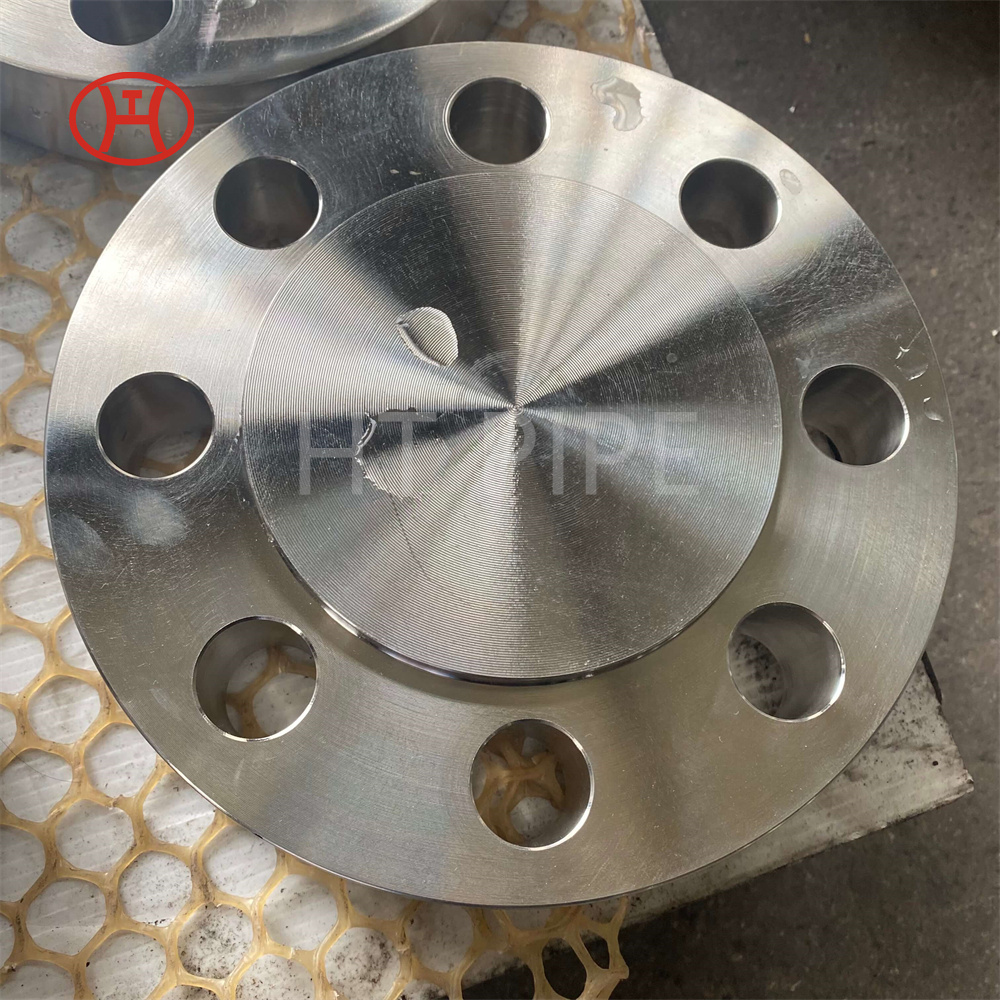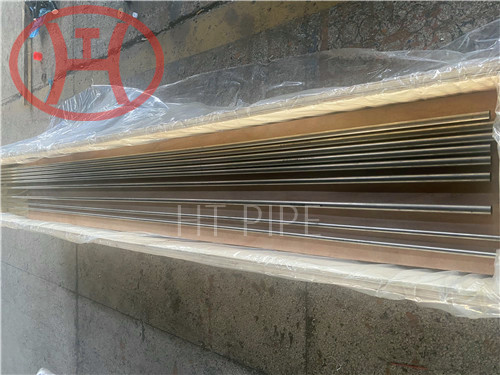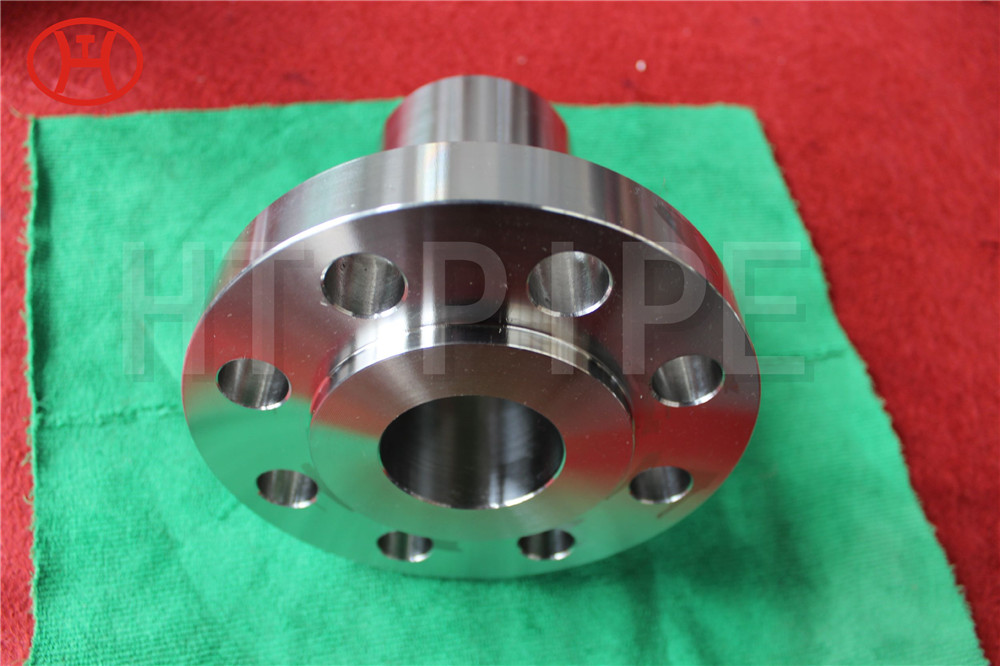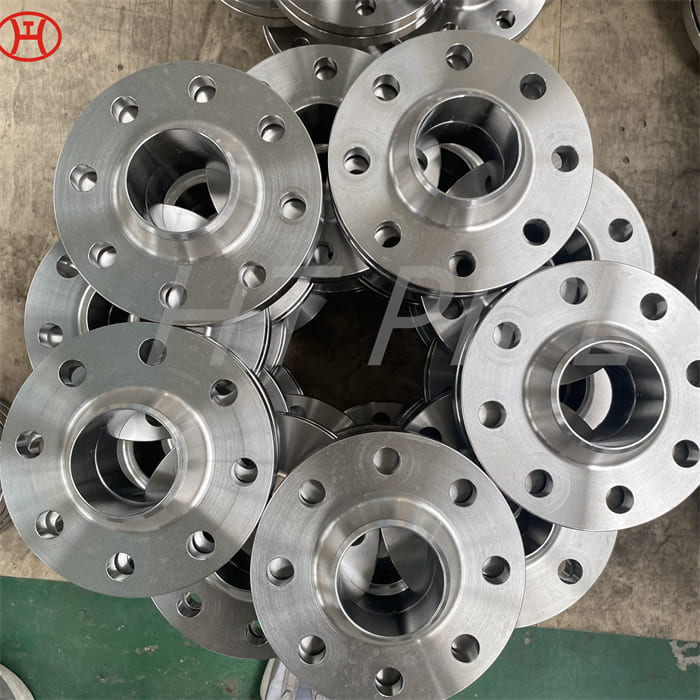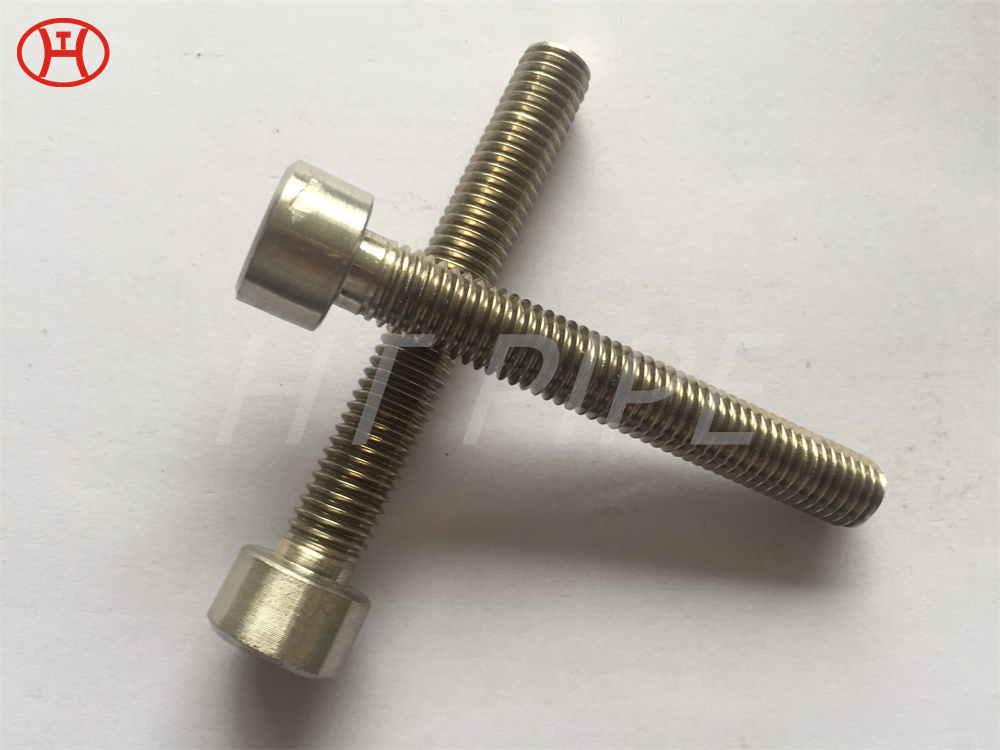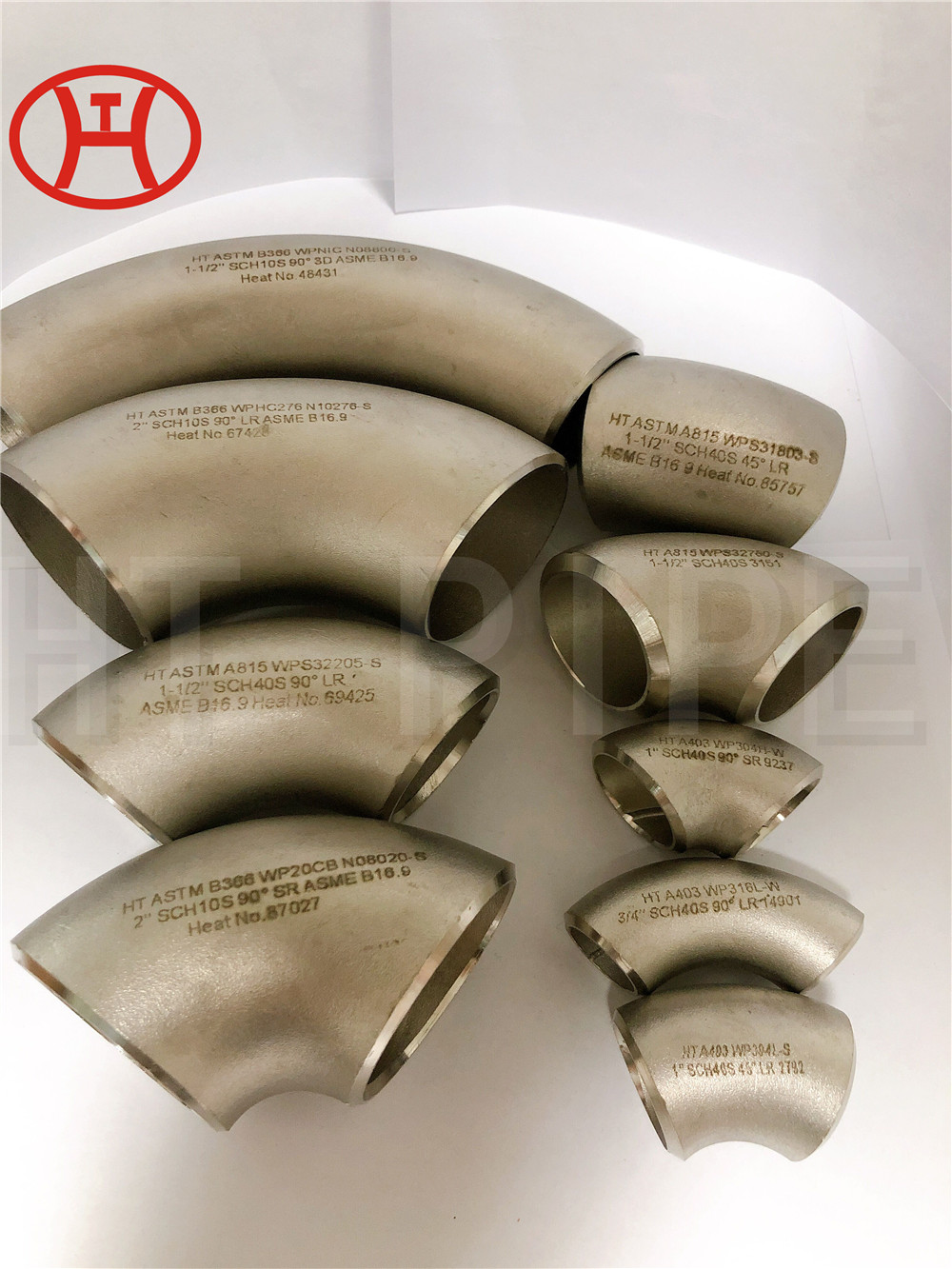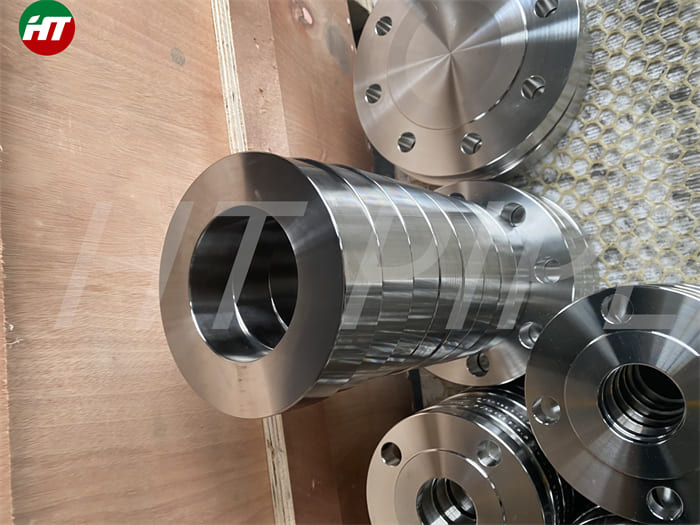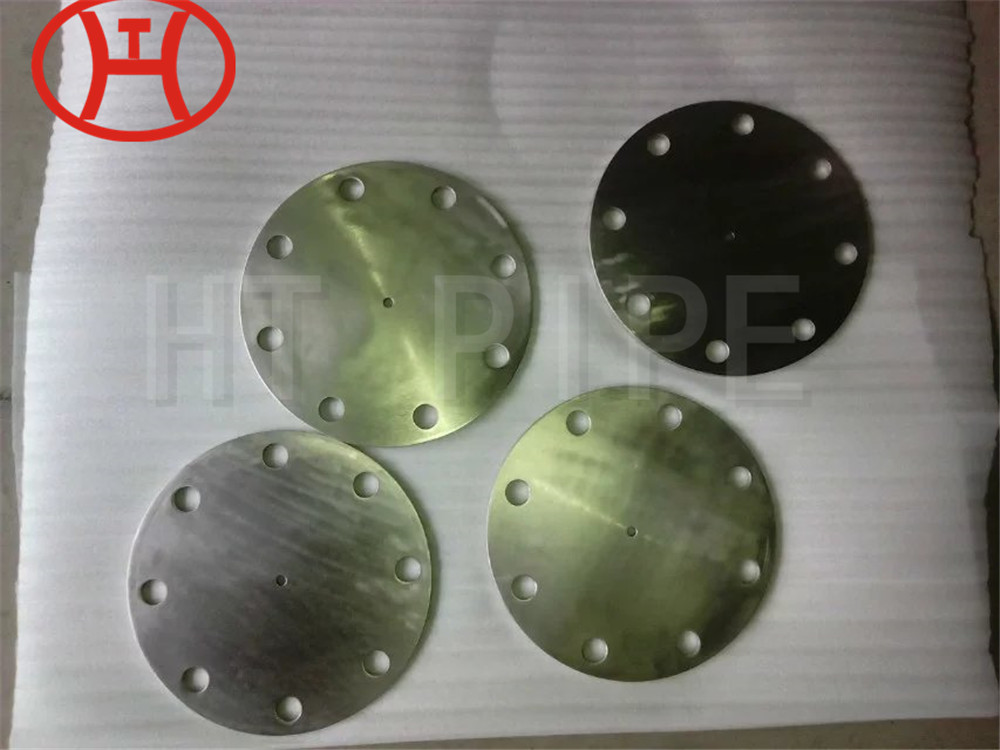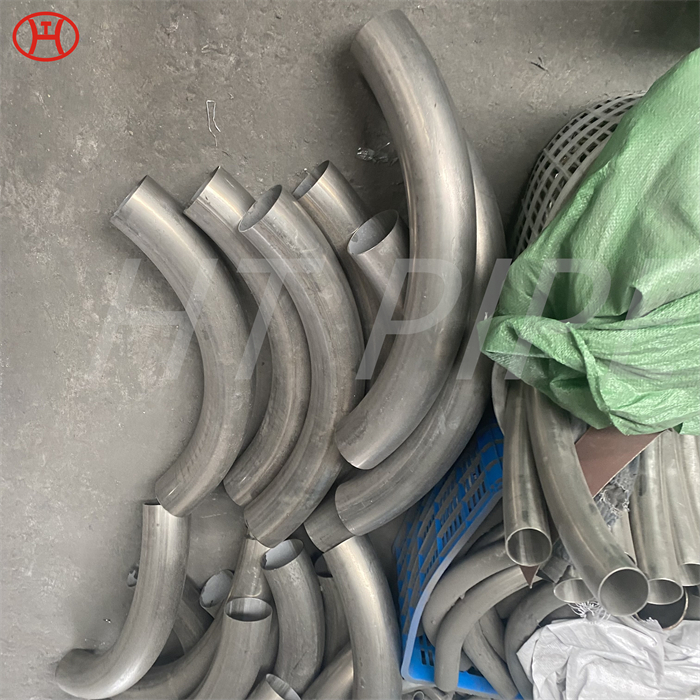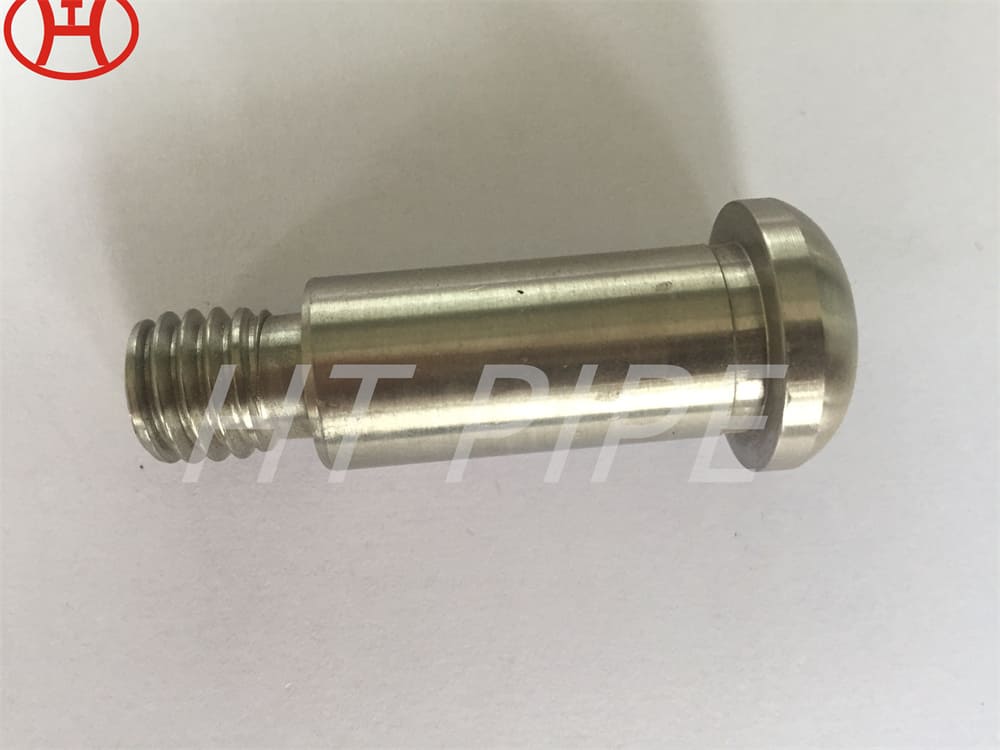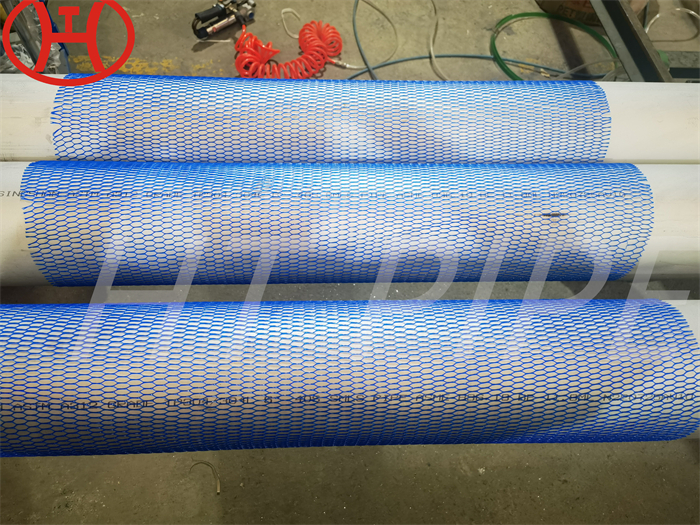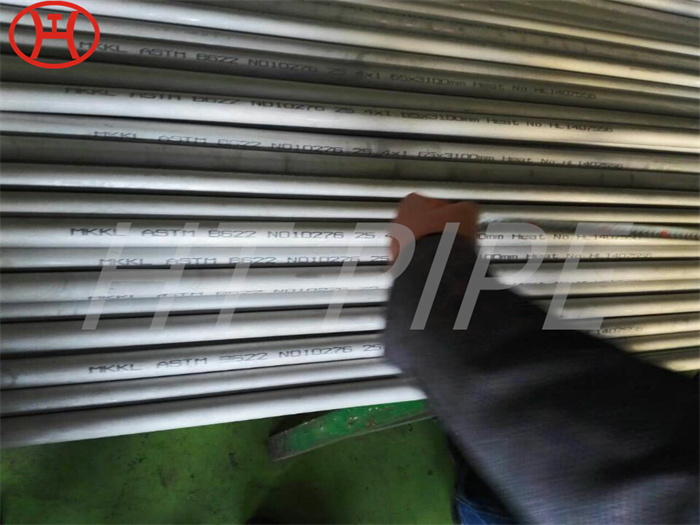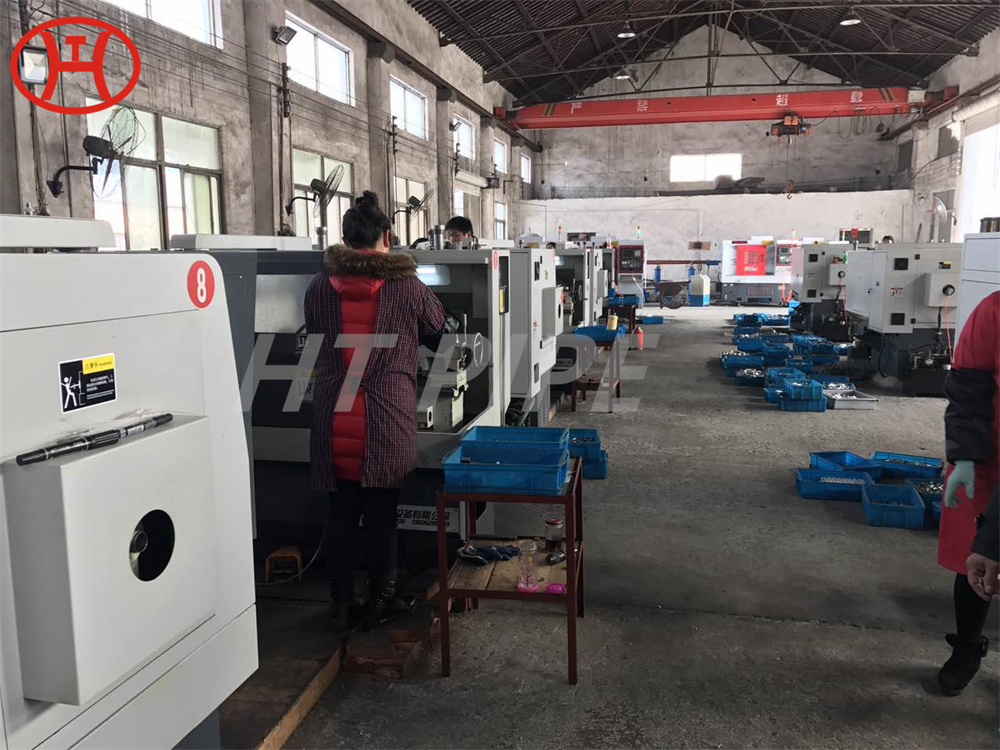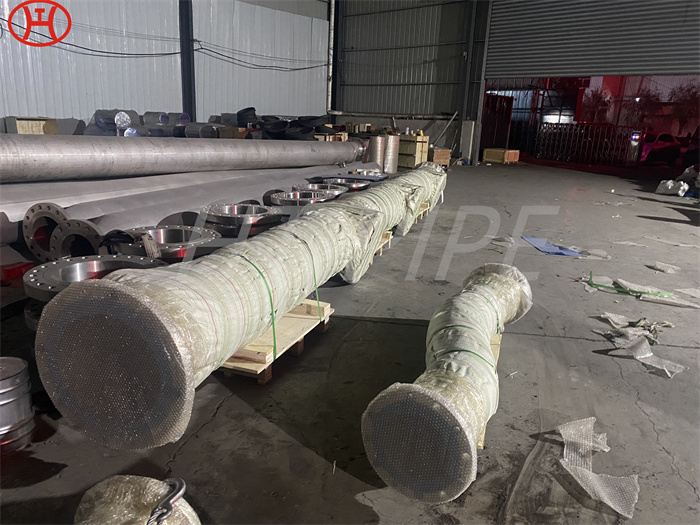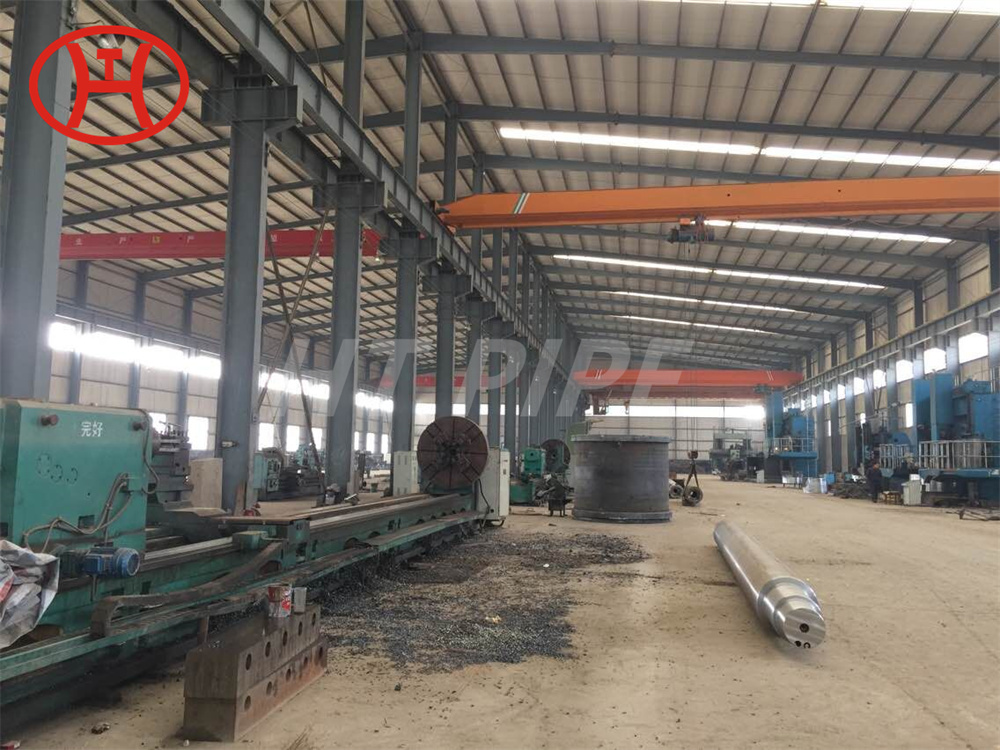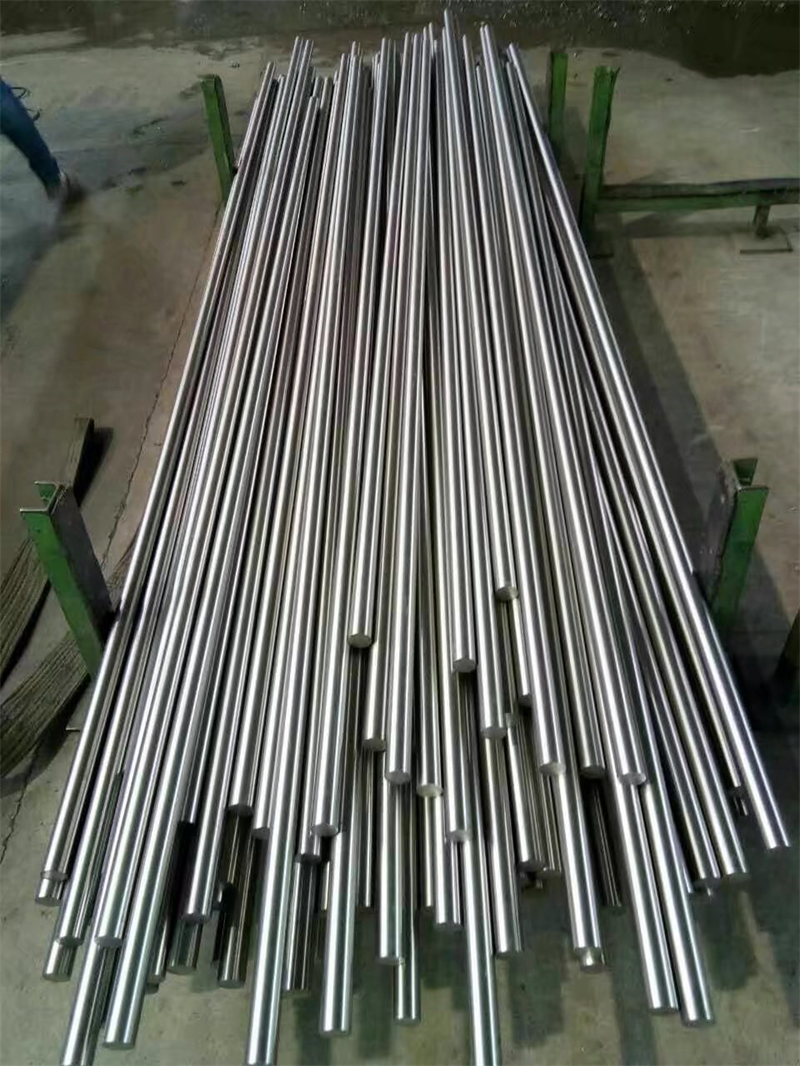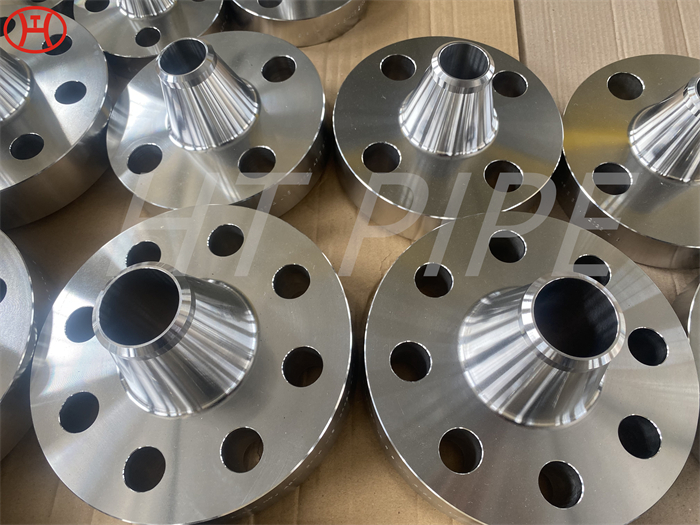
Grade B3 Tongue and Groove Flange N010675 Slip On Flange
Hastelloy B3 Lap Joint Flanges has a special chemistry designed to achieve a position of thermal stability greatly superior to that of its forerunners.
Hastelloy B3 Threaded Flanges are also being offered in customized sizes and shapes to our customers. Hastelloy B3 Flanges by definition contain at least 10 percent chromium. These flanges a unique feature to maintain excellent ductility during transitory acquaintances to average temperatures. These flanges work efficiently in high temperature and pressure applications. Our offered Hastelloy B3 Flanges are widely reliable in Nuclear Engineering, Chemical industry, Food processing, Pulp and paper industry, Gas turbine components, Aerospace etc. Hastelloy B3 alloy Flanges (UNS N10675) is specifically designed to deal with very aggressive hydrochloric acid (HCl), hydrobromic acid (HBr) and sulfuric acids (H2SO4) as well as acetic, formic and phosphoric acids. Hastelloy B3 Flanges using the optimum quality raw material that is selected as per the international material standards. We use advanced machinery and latest tools for the manufacturing of flanges at our well equipped manufacturing unit.















































































































